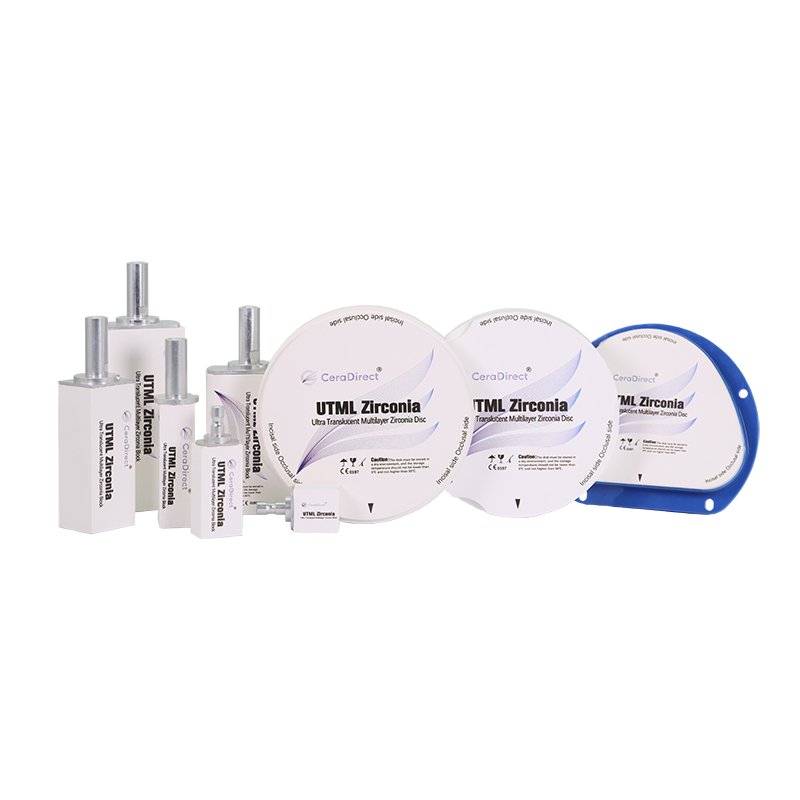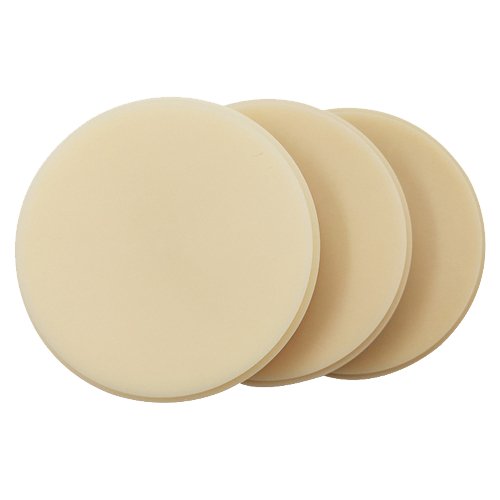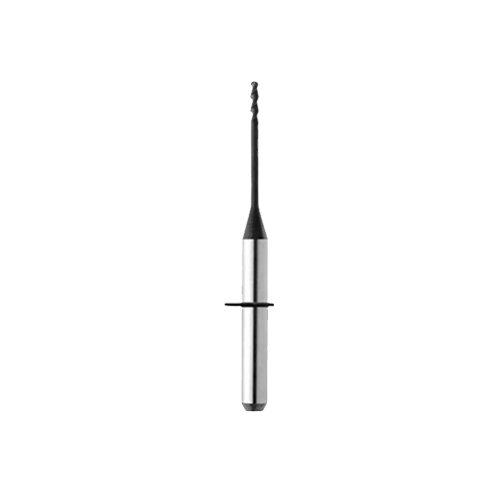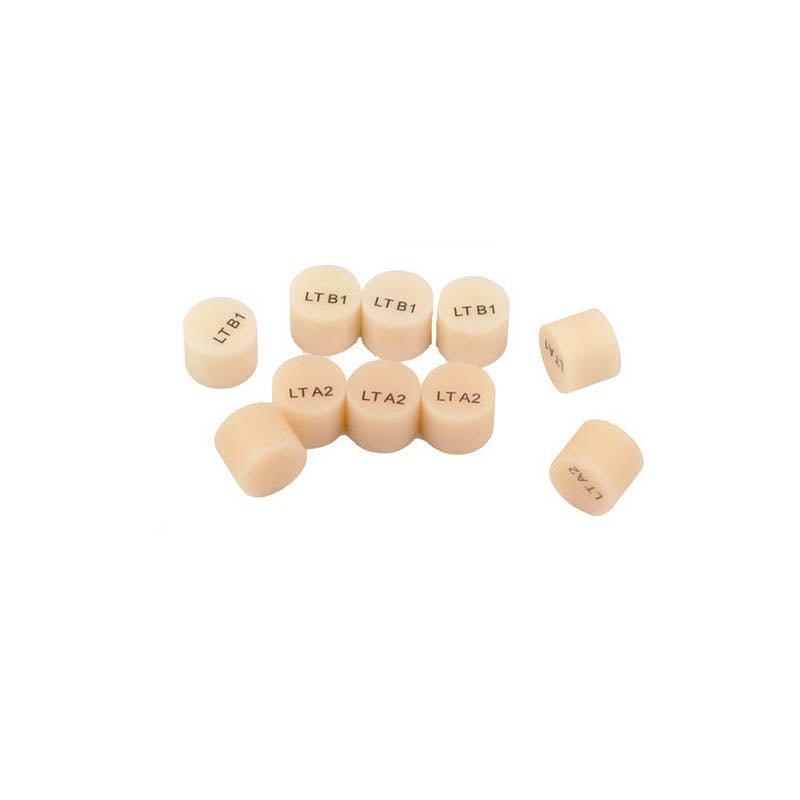Over the last few decades, dental implants have become an integral aspect of restorative dentistry. A well-proven and innovative addition to the selection of materials for dental implants is Zirconia, otherwise known as Zirconium dioxide. The shift from traditionally used titanium to Zirconia implants can be attributed to several inherent properties of Zirconia. This comprehensive article discusses the evolution, advantages, applications, and potential concerns related to Zirconia dental implants.

1. Introduction to Zirconia Dental Implants:
Zirconia dental implants, introduced in the late 20th century, are composed of zirconium dioxide, a ceramic material. They are renowned for their strength, durability, and biocompatibility. Importantly, Zirconia implants have granted feasible solutions for patients looking for metal-free dental restorations, either due to allergies, sensitivity, or aesthetic considerations.
2. Origin and Evolution:
The emergence of Zirconia dental implants can be tracked back to the 1960s when zirconia was first developed for orthopedic applications. The use of Zirconia in dentistry, however, did not come about until the 1980s. With time, technological advancements and clinical studies have led to the refining of these implants, making them a competitive alternative to their metal counterparts.

3. Composition and Manufacturing:
Zirconium dioxide is a polymorph consisting of three phases: cubic, tetragonal, and monoclinic, each having varying properties. In manufacturing, to stabilize the tetragonal phase, zirconia is often combined with a small amount of yttria, providing it with beneficial mechanical properties while eliminating any potential for phase transformation. The end product, known as yttria-stabilized tetragonal zirconia polycrystals (Y-TZP), forms the basis for dental implants.
4. Advantages of Zirconia Implants:
Zirconia dental implants offer multiple advantages. Their key benefits include exceptional biocompatibility, low bacterial affinity, excellent aesthetics due to their tooth-like color, radio-opacity, and their suitability for patients with metal allergies or sensitivities. Besides, their mechanical properties, such as high fracture toughness and flexural strength, make them a robust choice for dental implants.
5. Biocompatibility and Osseointegration:
Biocompatibility refers to the ability of a material to interface with biological tissues without eliciting negative reactions. Zirconia's high biocompatibility makes it safe for contact with human tissues. Additionally, it exhibits excellent osseointegration, the process where the bone forms a direct interface with the implant, reducing healing times and improving stability.

6. Aesthetics and Patient Acceptability:
The tooth-like color of Zirconia gives it an upper hand aesthetically over titanium implants. This feature is particularly beneficial in patients with thin or receding gums where the implant body might be exposed. The metal-free nature of Zirconia implants also makes these a preferred choice for patients concerned about metal allergies or sensitivities.
7. Clinical Applications:
Zirconia implants are indicated for a variety of clinical situations, including single-tooth replacement, multiple tooth replacement, and full-arch restorations. They are also employed in immediate implant placement following tooth extraction, providing the benefit of reduced treatment time.
8. Zirconia Vs. Titanium Implants:
While titanium has been the gold standard in dental implantology for many years, Zirconia presents several advantages. With similar success rates and survival, Zirconia's primary benefits over titanium are its aesthetics, biocompatibility, and suitability for patients with metal allergies.
9. Challenges and Limitations:
Like any clinical procedure, the use of Zirconia implants may present some challenges, including a higher risk of fracture during placement due to their single-piece design. Other limitations include the initial cost and rigid, non-resilient nature compared to titanium implants.

10. Current Research and Future Perspectives:
As the demand for aesthetic, safe, and durable materials in dental implants continues to grow, research focused on refining the properties of Zirconia and overcoming its limitations is ongoing. Efforts are being made to engineer new Zirconia-based alloys, minimize the risk of implant failure, and enhance the predictability of clinical outcomes.

11. Conclusion:
Zirconia dental implants are a promising advancement in dental implantology, providing a viable alternative to the conventional titanium implants. Clinical studies have demonstrated their success and reliability, and they have earned a commendable appreciation from patients and clinicians. While there are some challenges, ongoing research and improvements in the design and manufacturing of Zirconia implants promise a bright future for its use in the field of restorative dentistry. Zirconia implants have certainly paved the way towards patient-centric, biocompatible, and aesthetically pleasing tooth replacement solutions.






